This post is written in response to: What would it take to strengthen women's land rights, in practice?
Over the last decade, recognition of the need for strong land and property rights for women has greatly improved – so much so that everyone seems to agree on women's land rights as a key issue.  Bilateral donors, intergovernmental organisations, governments, and corporate actors, as well as researchers, NGOs, and civil society are all acknowledging the important role women play in food systems and pointing to the lack of secure tenure over land and other natural resources as a major obstacle for women in particular.
Bilateral donors, intergovernmental organisations, governments, and corporate actors, as well as researchers, NGOs, and civil society are all acknowledging the important role women play in food systems and pointing to the lack of secure tenure over land and other natural resources as a major obstacle for women in particular.
This is a big achievement - yet this consensus remains largely theoretical. Policy statements on equal land rights for women abound, but are not always translated into actions. Recommendations are made on all sides on how to improve women's land rights; but in practice, varying contexts make it difficult to implement these policies. Laws and policies are reformed, but often those who stand to benefit from enhanced rights remain unaware of such improvements.
So what can be done? Legal and policy reforms are, of course, a good basis for change, but need to be implemented and enforced. This is critical not only for land laws and policies, but also for laws related to inheritance, marriage, divorce, and domestic violence.
Civil society advocacy is important for creating change in laws and policies and for seeing through their implementation by reminding governments of their responsibilities.
Take this example of how a member of the International Land Coalition (ILC) took advantage of a policy opportunity (soon to be published as a good practice case study):
In Togo, when the formulation of a new land policy took longer than expected, ILC member Auto Promotion Rural pour un Développement Humain Durable (ADHD) identified the Personal and Family Code as a law relevant to women’s land rights and carried out an assessment on how it should be improved, since it was undergoing revision. ADHD identified gaps in the code, made concrete recommendations to reform the text so as to ensure women's equal land rights and drew public attention the disjuncture between the written and implemented laws. In late 2014, the National Assembly proceeded to modify seven articles of the draft Personal and Family Code, reflecting some of the recommendations made.
ADHD also raised awareness among the rural population, including customary leaders. Not only did this increase women’s (and men's) knowledge on their rights at local level, it also motivated women to organize to claim their rights and, last but not least, mobilised support at the community level by bringing local leaders on board.
In addition to raising awareness and advocacy based on the assessment of the Personal and Family Code, ADHD engaged with government officials and trained gender focal points in national ministries on the tool used for assessment, the Gender Evaluation Criteria. Supporting government officials to develop their knowledge and capacity is an action beyond advocacy that can really encourage practical change.
The lesson that emerged from this and other examples is that building alliances is crucial, between land rights organisations, affected communities, local leaders and government officials, but also with women's (rights) organisations not necessarily focused on land rights who can help to identify common ground with those not necessarily convinced of the need for gender equality in land rights. When partnerships focus on sharing knowledge and building capacity, they work best to put women's land rights into practice.



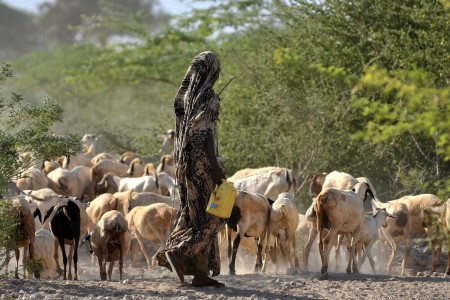



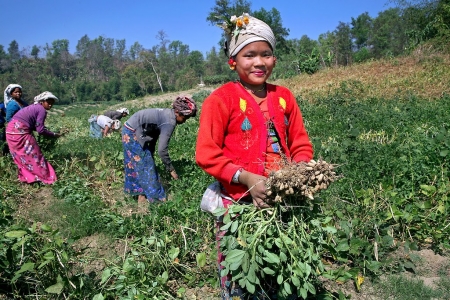



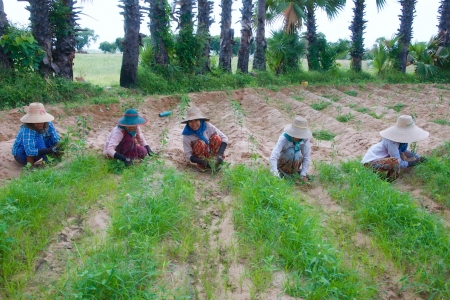
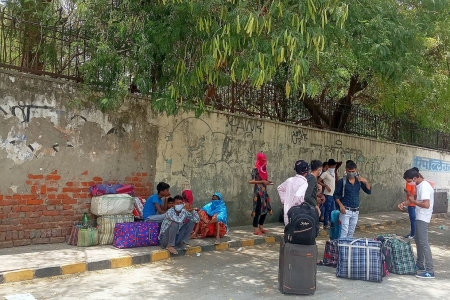




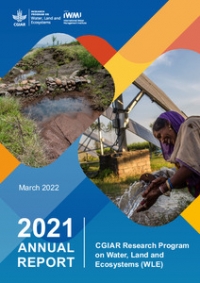
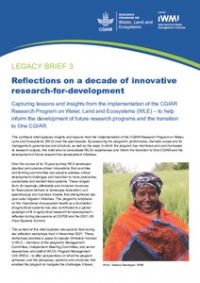
Add new comment